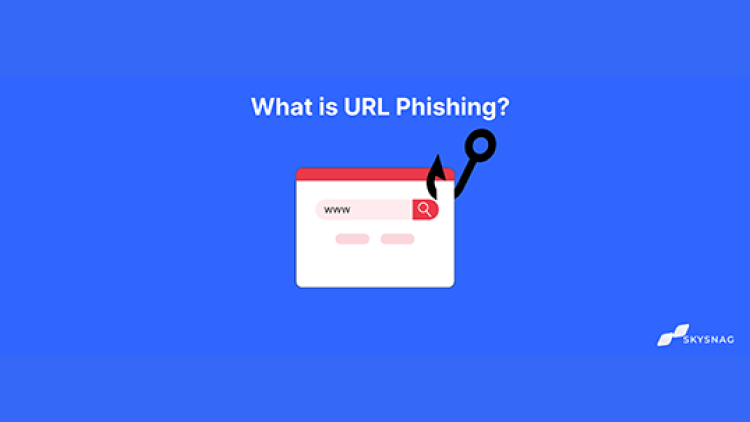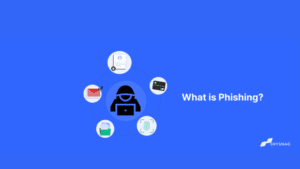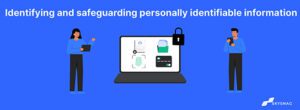What is URL Phishing?

Email has maintained its popularity as a means of communication despite the constantly evolving digital environment. This has made it possible for hackers to polish their skills and develop innovative new ways to con you out of sensitive information. In this article, we’re going to talk about URL phishing, what it means, and most importantly how to protect yourself. Let’s get started now:
What is URL Phishing?
URL phishing is the fraudulent activity of diverting individuals to an imposter website where they will download malicious software or expose their confidential information.
How Does It Work?
URL phishing attacks can employ a variety of techniques to deceive a user into clicking on a malicious link. The malicious email instructs the victim to click on a malicious link in order to prove their identity for some purpose.
After clicking the link, the user is taken to the fraudulent phishing page. Under the pretext of upgrading a password or confirming a user’s identity, this page may be made to collect a user’s login information or other sensitive information. As an alternative, the website can provide a “software update” that the customer can download and run but is actually malicious software.
How To Identify URL Phishing
URL phishing attacks employ deception to persuade the target that they are legitimate. Some techniques for spotting a URL phishing scam include:
- Ignore Display Names: Phishing emails are capable of displaying anything in the display name. To ensure that it is coming from a reliable source, look at the sender’s email address rather than the display name.
- Validate the Domain: Phishers frequently utilize domains with small spelling errors or that appear credible. Cormpany.com, for instance, might be used in place of company.com, while company-service.com could be the sender of an email. Look out for these misspellings; these are reliable warning signs.
- Verify the Links: Attackers use URL phishing to deceive victims into clicking on a dangerous link. Check the links in emails to determine their verified destination. If at all possible, avoid clicking on any links but instead, go directly to the company’s website and find the relevant page.
How To Protect From URL Phishing
Attacks using phishing URLs can be discovered in a number of different ways. Common solutions include the following:
- URL filtering: Some phishing URLs are used repeatedly and are included in feeds from threat intelligence services. Less complex phishing emails can be avoided by blocking certain known-bad URLs from being sent to users’ inboxes.
- Domain Reputation: Anti-phishing software frequently scans emails for indicators of phishing URLs. A domain that is only a few hours old, for instance, is probably malicious.
- DMARC Enforcement: Unlock insights, bypass email authentication configuration issues including SPF and DKIM; and protect your domain from spoofing with strict DMARC enforcement, all autonomously with Skysnag.
Conclusion
Skysnag’s automated DMARC solution strengthens protection against direct domain phishing attacks by confirming that an email message came from the domain it claims to have come from while ensuring spoofed messages never reach their intended destination. Sign up for a free trial to protect your domain’s reputation today.






